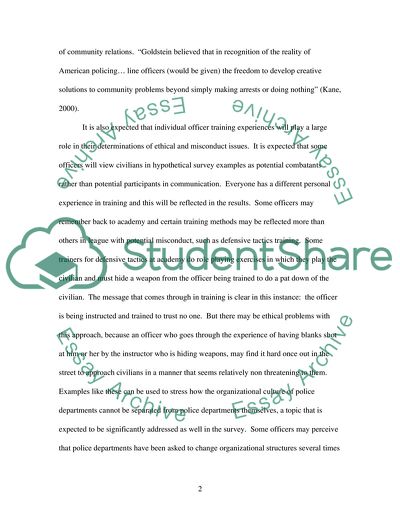Cite this document
(“Internal Monitoring for a Stronger Police Force Research Paper”, n.d.)
Internal Monitoring for a Stronger Police Force Research Paper. Retrieved from https://studentshare.org/social-science/1569645-pick-from-attached-list
Internal Monitoring for a Stronger Police Force Research Paper. Retrieved from https://studentshare.org/social-science/1569645-pick-from-attached-list
(Internal Monitoring for a Stronger Police Force Research Paper)
Internal Monitoring for a Stronger Police Force Research Paper. https://studentshare.org/social-science/1569645-pick-from-attached-list.
Internal Monitoring for a Stronger Police Force Research Paper. https://studentshare.org/social-science/1569645-pick-from-attached-list.
“Internal Monitoring for a Stronger Police Force Research Paper”, n.d. https://studentshare.org/social-science/1569645-pick-from-attached-list.


